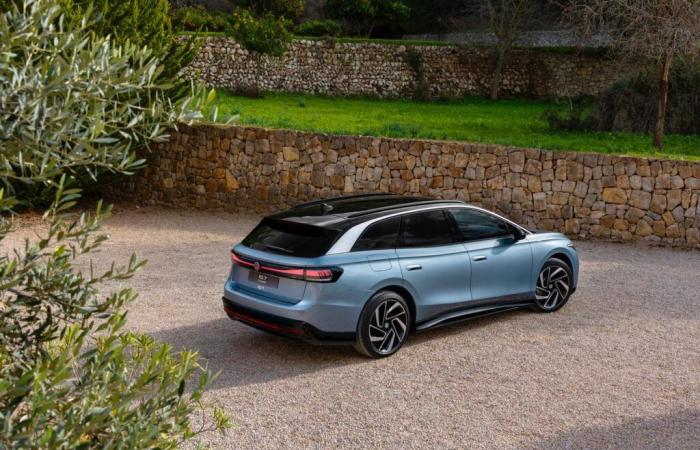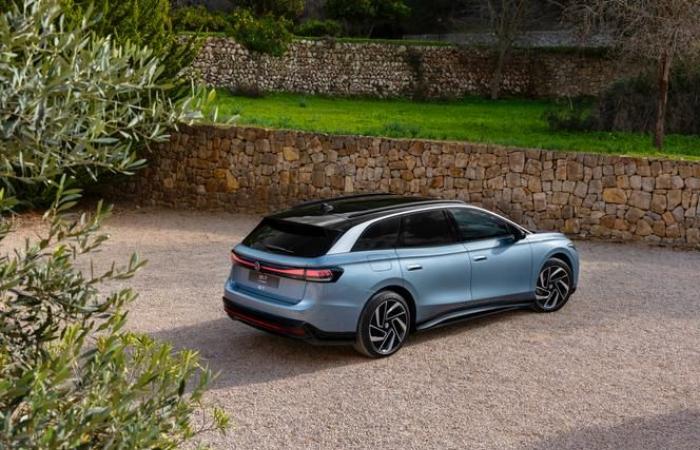The station wagon version of the Volkswagen ID.7 restores luster to an endangered automobile species. Called Tourer, in accordance with the house tradition, this car goes against the tide of the continuous surge of SUVs which saturates the market. Even more than their thermal counterparts, electric cars have been swallowed up by these fake 4 × 4s, whose architecture offers some advantages. Volume to accommodate batteries between the axles, profitability superior to any other model and a match with the preferences of the kind clientele, obviously not yet tired of raised vehicles. This last argument, however, is beginning to see its relevance erode.
Read also | Article reserved for our subscribers SUVs, larger and more polluting, are now the best-selling vehicles in Europe
Read later
If the supremacy of the SUV – an automobile type now the majority among new car sales – is certainly based on the appetite of buyers (and buyers), it is also the result of the erasure of other types of bodywork. Obsessed with tall, square cars, manufacturers have abandoned station wagons, but also coupes, convertibles and minivans. They are even starting to neglect sedans. Due to the lack of an alternative solution, buyers looking for a family car sometimes have no other solution than to opt for an SUV. We should therefore be delighted to see Volkswagen begin marketing a station wagon based on the ID.7, a large electric sedan with a somewhat unattractive style offered here in a more elegant version.
Electric counterpart to the Passat station wagon and competitor to the BMW i5 Touring, the ID.7 Tourer, designed on a specifically electric platform, is part of the great tradition of the German station wagon. Designed with good sobriety, and even if its profile is not as slender as we would have liked (it was necessary to house the enormous batteries under the passenger compartment and fit out a large 605 liter trunk), this Volkswagen does not lack pace. Like most “premium” models designed across the Rhine, the ID.7 Tourer is hardly concerned with its mass, which unashamedly peaks at 2.2 tonnes. The fault lies with an NMC (nickel-manganese-cobalt) battery, whose capacity reaches a choice of 77 or 86 kilowatt hours (kWh), which allows for an enviable range of, according to the manufacturer, up to 690 kilometers. .
Sized for family use
There is no point arguing about the benefit of loading the boat by ballasting the car with half a ton of accumulators – which contributes, in doing so, to increasing the prices, which start at 58,990 euros –, while the network of high-power terminals have become considerably more dense, particularly in France, where there are more than 11,000 charging points of more than 150 kilowatts. All manufacturers put forward the same argument: to reassure the customer, large batteries must be taken on board. Too bad if, after a few months of practice, the new electromobilist realizes that the charging power of his car and the density of public terminals matter as much, or even more, than autonomy.
You have 27.99% of this article left to read. The rest is reserved for subscribers.







